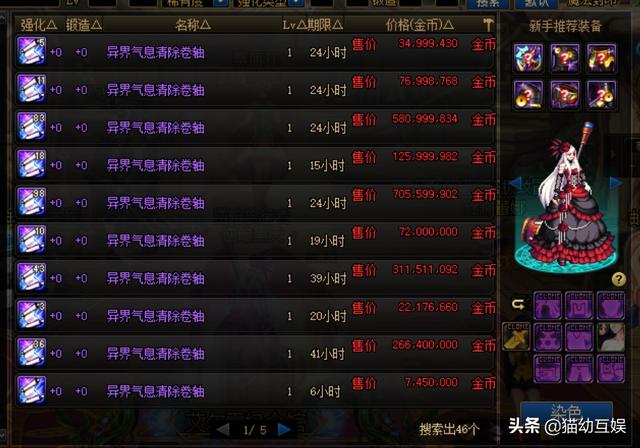彼得大帝Peter the Great雅各布·艾博特Jacob Abbott
The circumstances under which Peter the Great came to the throne form a very remarkable—indeed, in some respects, quite a romantic story.彼得大帝登基时的风云变幻构成了一个非同寻常、堪称传奇的故事。

Jacob Abbott was a well-known 19th century historian who wrote biographies on various leaders and famous individuals, including this one about the Russian czar Peter the Great. For anyone trying to understand the origins of modern Russia, the search should begin with Tsar Peter I (1672-1725), who titled himself Peter the Great during his lifetime. The moniker is fitting, considering the manner in which Peter brought Russia out of the Middle Ages and into the 18th century. Through a series of campaigns, Peter turned Russia into a formidable empire that would subsequently become a major force on the European continent, while also emulating Western Europe and turning Russia into an international state that interacted with the other continental powers. By revolutionizing and modernizing Russian arms, including the creation of Russia's first naval force, Peter was able to pursue an aggressive and expansionist foreign policy that set the stage for the way the European map would be redrawn again and again over the coming centuries. .

Perhaps more remarkably, as Peter was stretching Russia's borders, he was transforming Russia from the inside as well. Fond of the cultures to the west, Peter embraced technology, science and the arts, developing a new educational system for his people and supporting a number of institutions of higher learning in Russia. He built a European-style capital at St. Petersburg and also established new ports and access to the Baltic Sea for the purposes of opening up trade with the west. At the same time, if Peter was responsible for the modernization of Russia, he can also be held responsible for some of its more unsavory features. Though he accomplished a great many achievements during his reign, he also formally defined the status of Russian serfs for more than 200 years and bankrupted the Russian state with his navy, wars and building campaigns in St. Petersburg. Remedying the situations left by Peter would fall upon his successors, and not all of them would prove up to the challenges.
彼得一世·阿列克谢耶维奇,后世尊称其为彼得大帝(Peter the Great),是阿列克谢一世之子,俄罗斯罗曼诺夫王朝第五位沙皇(1682年4月—1696年与伊凡五世共治)、俄罗斯帝国首位皇帝(1721年11月2日—1725年2月8日在位),俄罗斯历史上仅有的两位“大帝”之一。
彼得一世1682年即位,1689年亲政,1697年派遣使团前往西欧学习先进技术,本人则化名彼得·米哈伊洛夫下士随团出访,先后在荷兰的萨尔丹、阿姆斯特丹和英国的伦敦等地学习造船和航海技术,并聘请大批科技人员到俄罗斯工作。回国后积极兴办工厂,发展贸易,文化、教育和科研事业,同时改革军事,建立欧洲化正规编制的陆海军,继而发动战争,1721年彼得一世在与瑞典进行大北方战争胜利后,被俄罗斯元老院授予“全俄罗斯皇帝”的头衔。
试听音频
There are very few persons who have not heard of the fame of Peter the Great, the founder, as he is generally regarded by mankind, of Russian civilization. The celebrity, however, of the great Muscovite sovereign among young persons is due in a great measure to the circumstance of his having repaired personally to Holland, in the course of his efforts to introduce the industrial arts among his people, in order to study himself the art and mystery of shipbuilding, and of his having worked with his own hands in a ship-yard there. The little shop where Peter pursued these practical studies still stands in Saardam, a ship-building town not far from Amsterdam. The building is of wood, and is now much decayed; but, to preserve it from farther injury, it has been incased in a somewhat larger building of brick, and it is visited annually by great numbers of curious travelers.
The whole history of Peter, as might be expected from the indications of character developed by this incident, forms a narrative that is full of interest and instruction for all.
,




